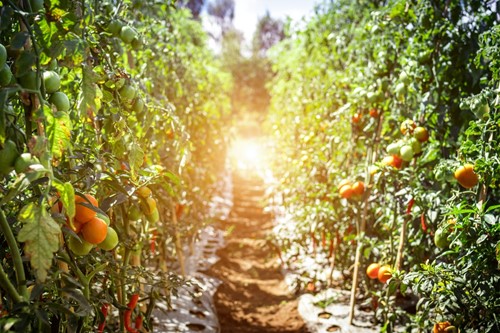
Companion planting is the practice of placing certain plants next to each other in your garden for various benefits. While some plants don’t play nicely together and should be planted far apart, others thrive in proximity with specific companion plants.
If you’re interested in taking your vegetable garden to the next level, here is some information about the benefits and applications of companion planting you should know:
Depending on the combination of plants, there can be multiple benefits to companion planting. Some primary benefits are:
While there are many beneficial combinations of companion plants to consider for your garden, there are also some plants you should keep away from each other.
Plants that attract the same kind of pest can leave both vulnerable to infestation. For example, tomatoes, eggplant, peppers and potatoes all have foliage hornworms love to eat. So, if you’re growing tomato plants, reconsider where you want them before planting near any of these other vegetable plants.
Another potential issue in companion planting is that some plants inhibit the growth of others by releasing certain chemical compounds into the soil. Fennel is one such plant, as are walnut and butternut trees.
It’s also important to follow planting guidelines for proper spacing. Making sure each plant has enough space to grow - both above ground and below - is paramount to a happy garden.
No matter what type of garden you have at home, knowing the basics of companion planting will benefit you and your plants.

Hi, I'm Susan Rohn and I'd love to assist you.
As a full-service real estate professional, I can meet all of your needs, whether you are buying or selling a property in Illinois and also licensed in Wisconsin. I am your Perfect Partner for all of your real estate needs!
Specializing in Relocation and always FUN with first time buyers
Susan has been an agent for 38 years and will provide experience and knowledge you deserve and expect!
Specializing in Listing & Selling Homes in the Northwest Suburbs!
We make real estate FUN, trying to take the stress out of this stressful market!